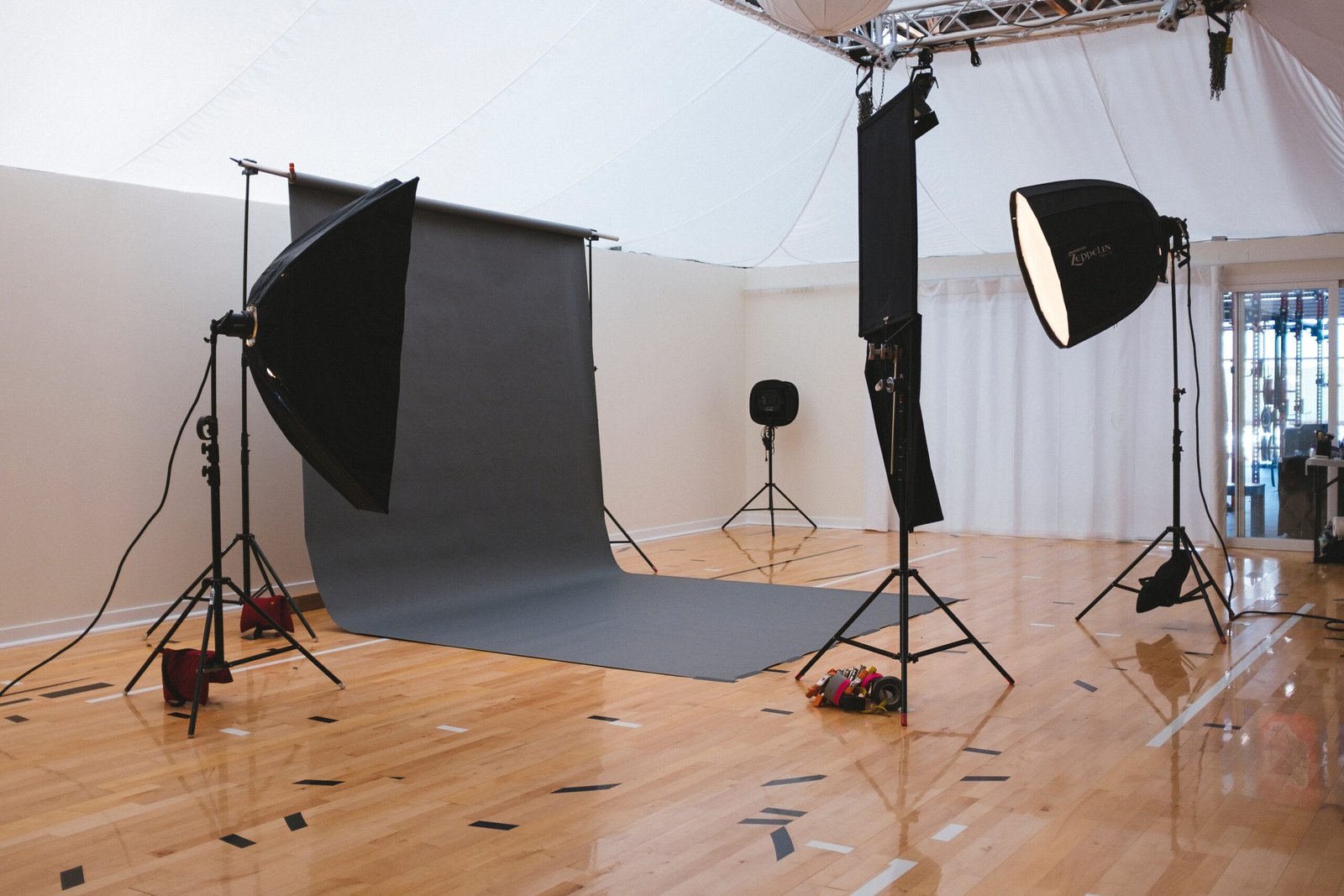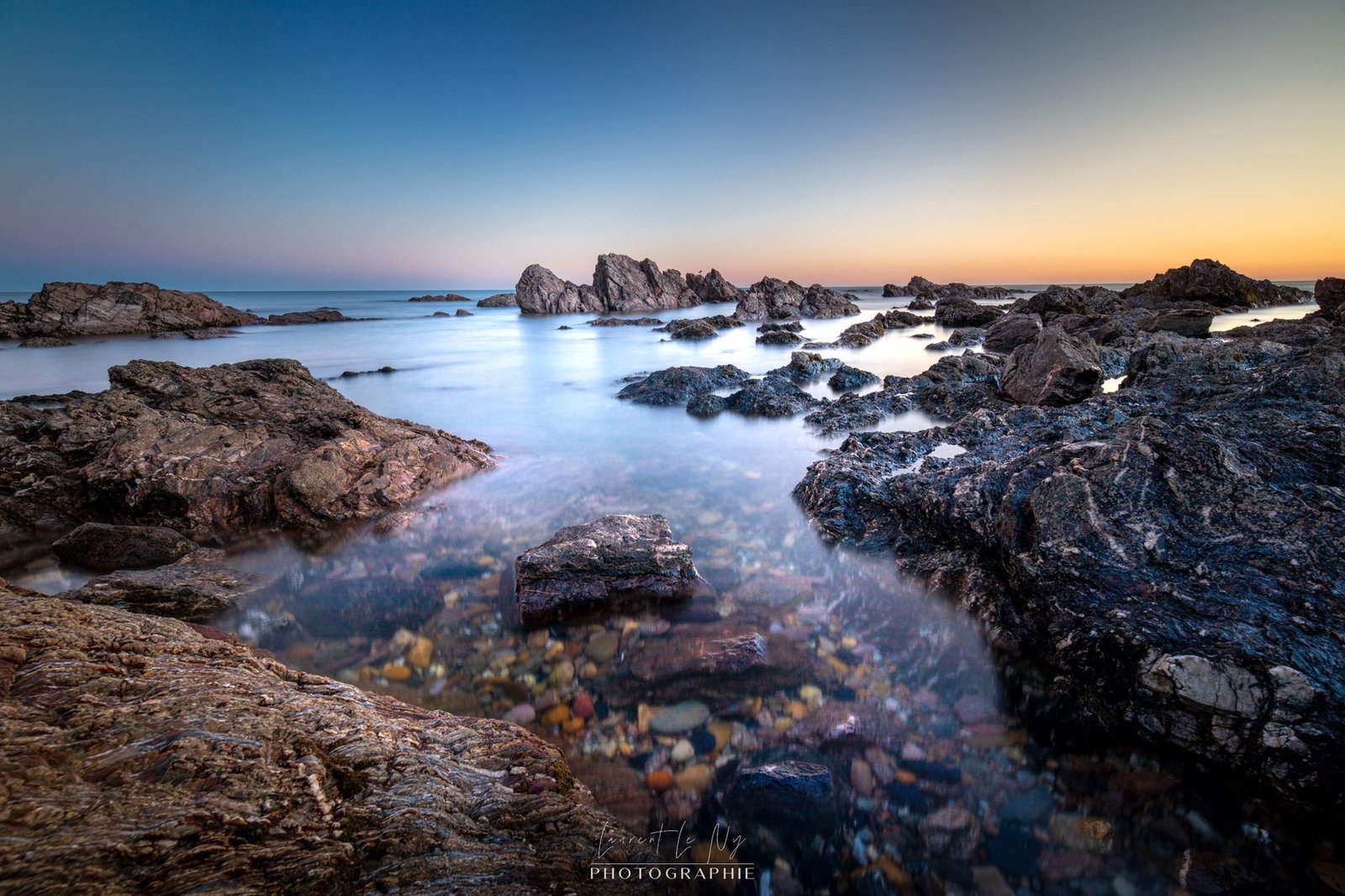Using gelatins in studio photography is one of the most popular ways to add color and mood to your images. In this article, we’ll explore the different types of gelatins, why to use them and how to use them on a studio set-up.
The different types of gelatin used in photo studios
Gelatins are colored plastic filters used to modify the color temperature of light. There are three main types of gelatin:
Conversion gelatins
You can use these gelatins to convert the color temperature of a light source. For example, if you’re using a tungsten light (warm) and want to balance the color temperature to match daylight (cool), you can use a blue conversion gelatin(CTB) to adjust the color temperature. And conversely, if you’re using cold light, you can use orange conversion gelatin(CTO) to switch from cold to warm light.
Correction gelatins
You can use correction gelatin to adjust the color temperature of the light in a scene. It is often used to correct unwanted tones or to balance the light in a photograph. For example, if the ambient light has a yellowish tint, you can use blue correction gelatin to balance the color temperature. Similarly, if the light has a green tint. You can use magenta correction gelatin to correct this undesirable tint. Correction gelatin is an invaluable tool for photographers who want to achieve accurate color reproduction in their images.
Creative gelatins
You can use colored gelatin to add color effects to the light in a photographic scene. It’s available in a wide range of colors. From primary to more subtle colors. By using colored gelatin you can create a particular mood or accentuate a specific subject in a photograph. For example, blue gelatin can be used to create a cold, mysterious atmosphere, while red gelatin can be used to add warmth and intensity to a scene.
Why use gelatins in studio photography?
Studio photography offers many creative possibilities for capturing unique and striking images. One of the most common tools used by studio photographers is gelatin. Gelatins are colored filters that you can place in front of light sources to create special effects, modify color temperature or add a particular mood to a scene.
Creating ambience and special effects
Gelatins enable studio photographers to create different moods by adding colors specific to the scene. For example, by using blue gelatin, you can create a cold, mysterious atmosphere. An orange gelatin, on the other hand, can add warmth and coziness to your photos. Gelatins can also be used to create special effects such as flashes of light or colored reflections.
Color temperature modification
Color temperature is an important aspect of photography, as it influences the overall mood of an image. You can use gelatins to modify the color temperature of light sources, enabling you to create different moods by playing with warm and cool tones. For example, by using a blue gelatin, you can give a scene a cooler appearance, while an orange gelatin can add a subtle warmth to your photos.
Creating color effects
Gelatins also offer the possibility of creating unique color effects in your photos. By using different colored gelatins, you can add touches of color to specific areas of your image. For example, by using a red gelatin, you can create a red halo effect around a subject. This can add an artistic dimension to your photo.
Flexibility and ease of use
Gelatins are extremely flexible and easy-to-use tools in studio photography. You can cut and adjust them to suit different light source sizes. This allows you to create precise, customized effects. What’s more, gelatins are generally lightweight and easy to transport, making them ideal for use in the studio or on location.
Economical and reusable
Gelatins are also an economical choice for studio photographers. Because they’re generally affordable and can be reused several times. This makes them a worthwhile investment for professional and amateur photographers alike. What’s more, gelatins are available in a wide range of colors, allowing you to experiment and create a variety of effects without having to invest in multiple filters.
Tips on using gelatins on a studio set-up?
Here are a few tips on using gelatins in studio photography:
Choose the right gelatins
Depending on the effect you want to achieve, choose the appropriate gelatins. You can use conversion gelatins to balance color temperature. Correction gelatins can be used to harmonize different light sources, while creative gelatins can be used to add special effects.
Attach the gelatins to the light sources
Use special clamps or frames to attach the gelatin to your light sources. Whether continuous light or flash. Make sure they fit snugly and don’t move during the shoot.
Experiment with color combinations
Feel free to layer different gelatins to achieve more complex effects and unique colors. Have fun experimenting and finding the combinations that best suit your artistic vision.
Control color intensity
If you find that the color is too intense, you can use neutral density gelatins to reduce the intensity of the color. This gives you total control over the final effect.
Practice and learn from experience
As with any photographic technique, practice is essential. Take the time to experiment with gelatines, try out different combinations and learn from your experiences. This will help you hone your skills and develop your own style.
In conclusion, using gelatins is a great way to add color, mood and creativity to your studio images. Whether you use conversion, correction or creative gelatins, they give you total control over color temperature. They also enable you to create unique, expressive images. So don’t hesitate to experiment and discover the infinite possibilities of using gelatins in studio photography.


